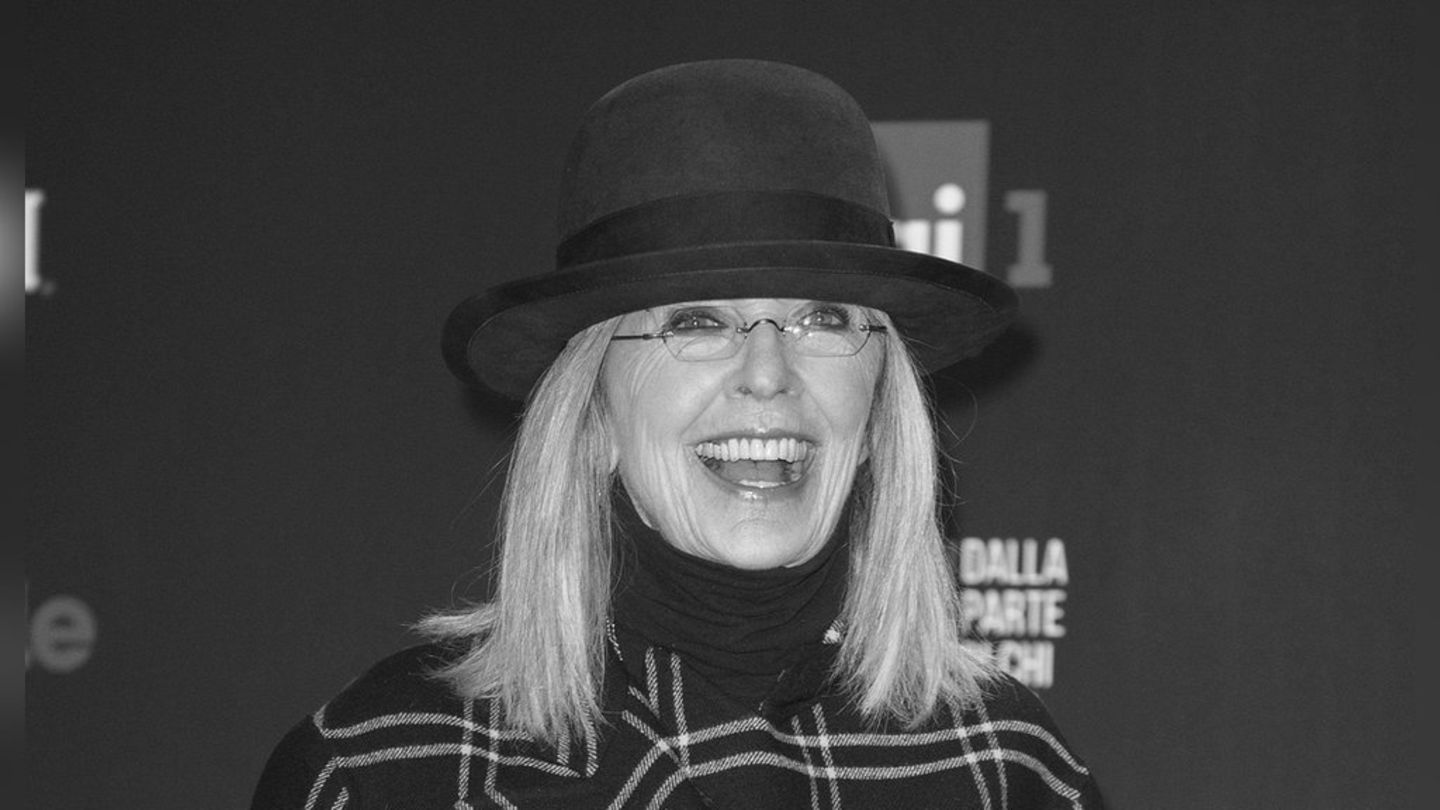The strategists of one of the giants of Wall Street analyze what can happen from now on and what would be the best investments in each case.
For Bank of America (BofA) strategists, we breathe an end of cycle which, added to the ambiguity of the economic data, does nothing more than question the stories of analysts and investors about what will happen from now on. But until it is seen “which side of the fuse are you on? -paraphrasing the Redondos- the people at BofA analyzed the different plausible scenarios and what would be the best investments in each of them.
The content you want to access is exclusive to subscribers.
Given the ambiguity of current macro signals, the possibility of three different scenarios occurring opens up., one of strong growth and declining inflation, another of strong growth but persistent inflation and a third of slowing growth. Let’s look at each one and what the appropriate investments would be to face them, focusing on European alternatives, which the market considers undervalued compared to the American ones.


Scenario I: strong growth and declining inflation
The “strong growth and declining inflation” scenario would imply advantages for small cap companies compared to large caps. This is the most optimistic scenario, in which the economic impact of monetary adjustment has been left behind, while the growth in labor supply driven by immigration and a boost to productivity thanks to artificial intelligence (AI), boost growth of GDP and keep inflation under control.
This would be the so-called scenario soft landing (soft landing), 1995 style, where they see gains for European stocks and cyclicals versus defensives as largely capped, given the large amount of good news already priced in. However, they believe European small-caps versus large-caps would likely prosper, given how far they have lagged in the recent cyclical rally.
Scenario II: strong growth and persistent inflation
If the scenario were “strong growth and persistent inflation” then it would boost value versus growth, and although strong growth persists, the continued strength of demand also causes renewed inflationary pressures, delaying the long-awaited cycle of relaxation and pushing bond yields even higher.
In this scenario, European value versus growth stocks would be the main beneficiaries, given their historically close relationship with US bond yields.
Scenario III: slowing growth
Finally, if the scenario were one of slowing growth in response to the delayed effect of a restrictive policy, would boost defensive assets. It is, in fact, the base case of BofA strategists, who point out that in this case the impact of aggressive monetary tightening affects growth with the typical lag of about 18 months, which implies a maximum deceleration of growth at the end of the third quarter, in line with the intensification of cracks in the US labor market in the coming months. This scenario would imply significant upside potential for European defensive stocks versus cyclicals from the recent 30-year low.
For the moment, BofA experts remain negative on European equities and cyclical products versus defensive ones, because although the current data flow is more similar to the first two of the previous scenarios, they expect that the slowdown growth induced by monetary tightening will become the dominant macroeconomic narrative over the coming months.
The latter is in line with the expectation of a more than 15% downside risk for the Stoxx 600 index in the fourth quarter and an underperformance of around 15% for European cyclicals versus defensive ones.
Source: Ambito
I am a 24-year-old writer and journalist who has been working in the news industry for the past two years. I write primarily about market news, so if you’re looking for insights into what’s going on in the stock market or economic indicators, you’ve come to the right place. I also dabble in writing articles on lifestyle trends and pop culture news.




